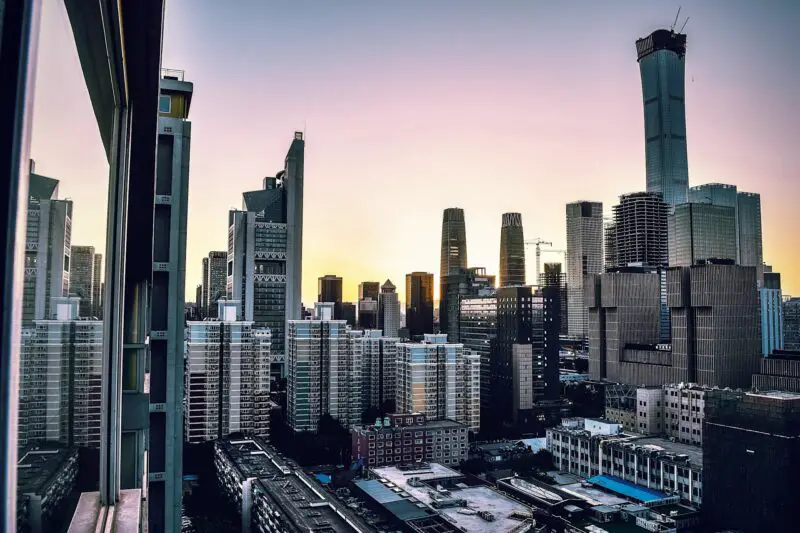Skyscrapers have become iconic symbols of modern urban landscapes, representing economic power and architectural innovation. But what if these towering structures were never invented? How would our cities and architectural practices differ today?
The Urban Landscape
Without skyscrapers, cities would likely be much more spread out. Urban sprawl would be the norm as horizontal expansion would take precedence over vertical growth. This would lead to increased reliance on transportation, longer commute times, and potentially greater environmental impact due to the larger land area required for development.
Architectural Styles
In the absence of skyscrapers, architectural styles might have evolved differently. We could see a greater emphasis on mid-rise buildings, which typically range from five to twelve stories. These structures might incorporate more traditional design elements, as the pressure to build taller and more innovative buildings wouldn’t exist.
City Planning and Infrastructure
City planning would also be significantly different. Planners would need to allocate more space for residential, commercial, and recreational areas, leading to more comprehensive zoning laws and urban designs that promote efficient land use. Public transportation systems would have to be more extensive to accommodate the greater distances between key areas within the city.
Economic Implications
Economically, the absence of skyscrapers could impact the concentration of businesses and industries. High-density business districts, like Manhattan in New York City or the Loop in Chicago, might not exist. Instead, businesses would be more dispersed, potentially leading to less competition for prime real estate but also less synergy among related industries.
Cultural and Social Effects
Skyscrapers are often seen as symbols of a city’s identity. Iconic buildings like the Empire State Building, the Burj Khalifa, and the Shanghai Tower define the skylines of their respective cities. Without such structures, cities might lack these defining landmarks, potentially impacting tourism and local pride. Socially, the dynamics of living and working in high-rise buildings, with their communal spaces and amenities, would be replaced by a different kind of urban experience focused more on neighborhood communities.
Conclusion
The invention of skyscrapers has undeniably shaped the way we build and live in cities. Imagining a world without them highlights the significant role they play in modern urban development. While the absence of these towering structures would lead to a vastly different urban landscape, it also opens up possibilities for alternative architectural styles and city planning paradigms.




